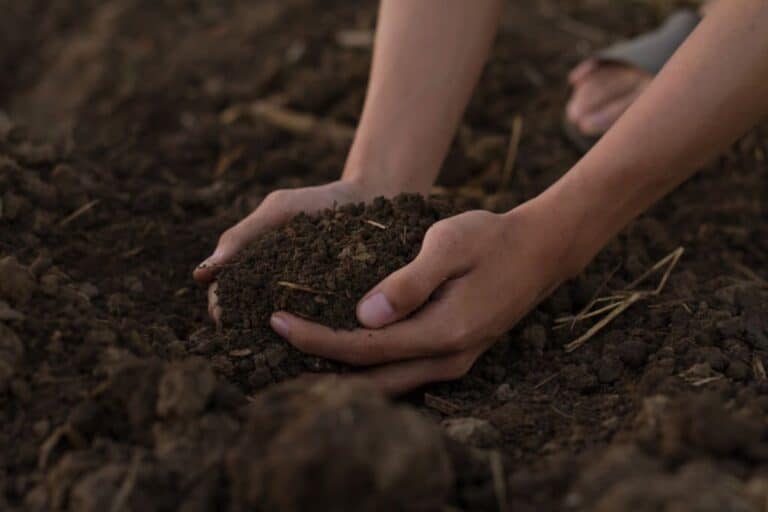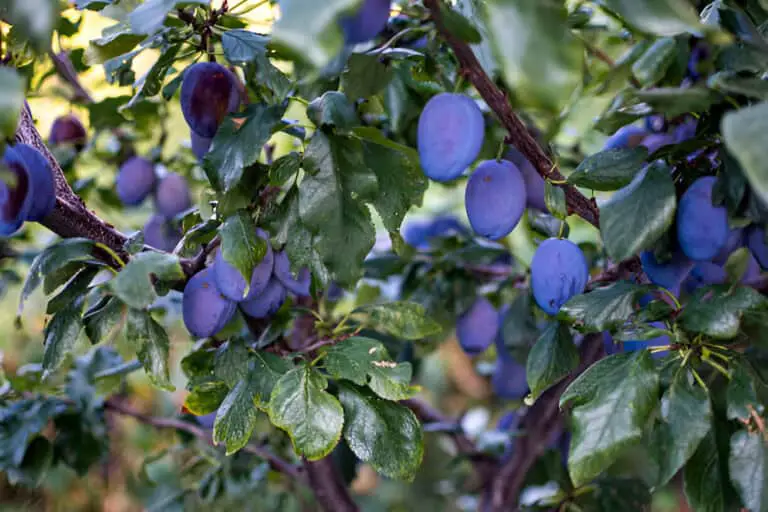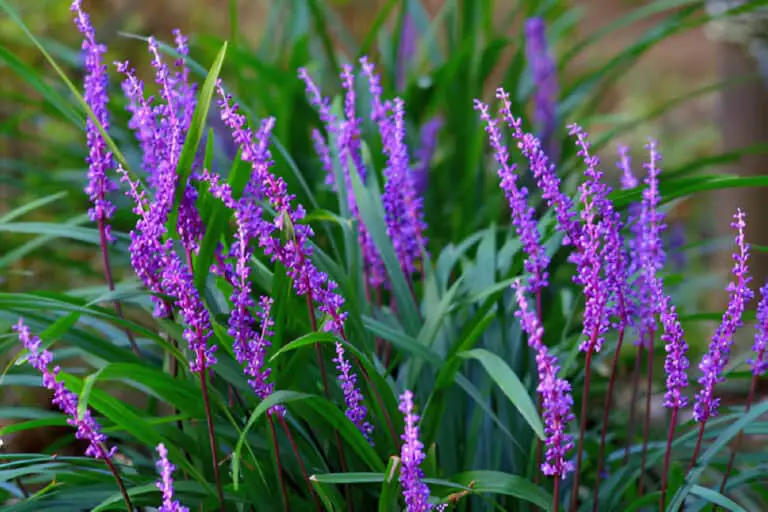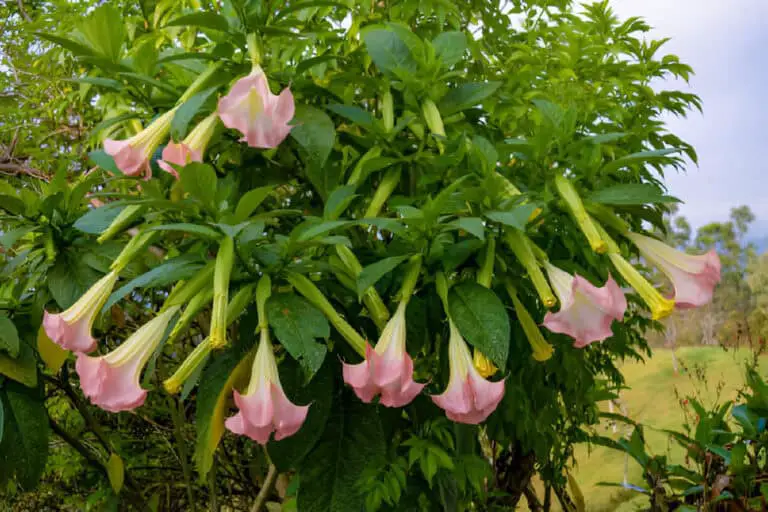Why Is My Pittosporum Losing Its Leaves (And How to Fix Them)
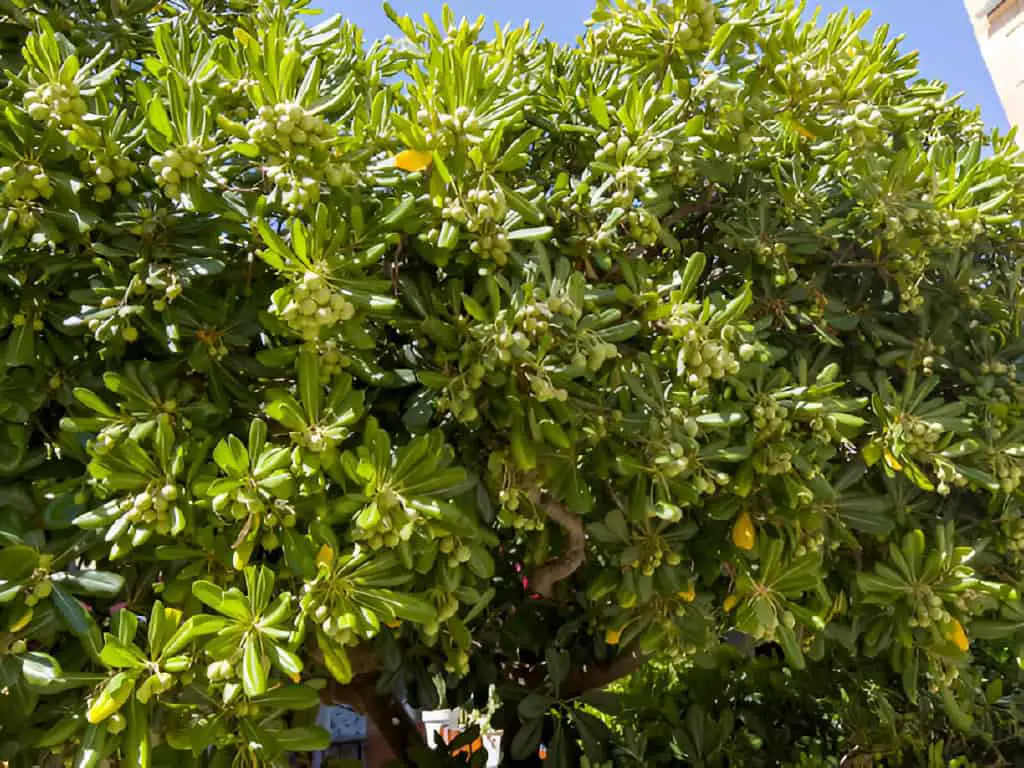
Pittosporum, with its glossy leaves and versatility in landscaping, is a popular choice for gardens and hedges. However, when your pittosporum begins to shed leaves unexpectedly, it can be concerning.
Many factors cause leaf loss in pittosporum plants. These range from stressors to pests and diseases. By learning about these causes and giving your pittosporum the right care, you can get it healthy and strong again.
Understanding Pittosporum Plant Characteristic
Pittosporum is a popular evergreen shrub. It is known for its attractive foliage, compact growth, and ability to handle various conditions. Here are some key points to understand about pittosporum plants:
Characteristics
- Size and Growth: Pittosporum can grow up to 8-12 feet tall and 12-18 feet wide. But, dwarf types can be kept smaller through regular pruning.
- Foliage: The leaves are glossy, evergreen, and often variegated with shades of green, yellow, purple, or silvery-grey. The foliage is popular for flower arrangements due to its glossy and attractive appearance.
- Flowers: Pittosporum produces small, scented flowers in shades of purple, cream, or yellow. Some varieties have showy, highly scented flowers.
- Hardiness: Pittosporum is hardy in most parts of the UK and can tolerate full sun to light shade. However, it may require winter protection in colder regions.
- Soil and Watering: Pittosporum prefers well-drained soil and can tolerate drought once established. Water it regularly, especially while it’s establishing. But, avoid watering from above to prevent root rot.
Cultivation and Maintenance
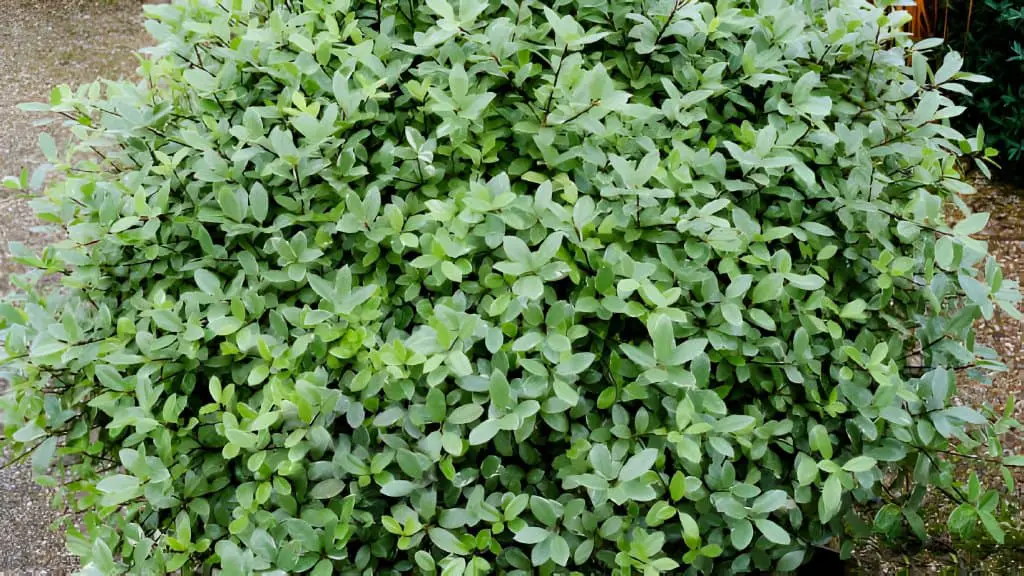
- Pruning: Pittosporum responds well to pruning and can be maintained at smaller sizes. Prune immediately after flowering to encourage new growth and prevent loss of flowers.
- Propagation: Pittosporum propagation happens through semi-hardwood cuttings. Take these cuttings from mid-July to September. Use a root-promoting compound to treat them.
- Pest and Disease Management: Regularly inspect for pests like cottony cushion scale, mealy bugs, and aphids. Clean up fallen leaves and ensure good air circulation to prevent leaf spot diseases. Avoid using chlorothalonil fungicides, which can cause leaf drop and death.
Why Is My Pittosporum Losing Its Leaves?
Environmental Factors
1. Temperature and Light: Pittosporum plants are sensitive to extreme heat and bright light. Sudden changes or prolonged exposure to intense sunlight or cold drafts can stress the plant, leading to a leaf drop.
Solution: Plant pittosporum in a spot with filtered sunlight or partial shade. This is especially in hotter climates. Shield plants from direct afternoon sun and protect them from cold drafts during the winter months. Mulch around the base to maintain soil moisture and temperature stability.
2. 2. Watering Issues: Inconsistent watering can harm pittosporum’s roots. It can cause leaf yellowing and drop. It includes overwatering and underwatering.
Solution: Water deeply and infrequently to encourage deep root growth. Allow the soil to dry out slightly between waterings, especially in well-draining soils. Mulch helps retain moisture and regulates soil temperature.
Pest and Disease Issues
1. Spider Mites: Spider Mites are tiny pests. They infest pittosporum plants and suck sap from leaves. This causes the leaves to turn yellow and drop early.
Solution: Regularly inspect the undersides of leaves for webbing and mites. Wash plants with a strong stream of water to dislodge mites. Use insecticidal soap or neem oil to control severe infestations.
2. Root Rot: Overwatering or poorly draining soil can lead to root rot in pittosporum plants, causing leaves to wilt, yellow, and drop.
Solution: Improve soil drainage by amending with organic matter. Reduce watering frequency and avoid waterlogged conditions. Prune affected roots and replant in well-draining soil if necessary.
Nutritional Imbalance
1. 1. Nutrient Deficiencies: Pittosporum plants can weaken from not having enough essential nutrients, especially nitrogen. This can cause leaves to turn yellow and fall.
Solution: Test the soil to assess nutrient levels. Amend with a balanced fertilizer formulated for evergreen shrubs in early spring. Avoid over-fertilization, which can lead to nutrient imbalances and further stress the plant.
Common Problems Table
| Cause | Symptoms | Solution |
| Temperature and Light | Leaf yellowing and dropping, sunburn | Plant in partial shade, protect from extreme temperatures and drafts. |
| Watering Issues | Leaf yellowing, wilting, and root rot | Water deeply and infrequently, improve soil drainage, and mulch around the base. |
| Spider Mites | Webbing on leaves, yellowing, premature leaf drop | Wash leaves with water, use insecticidal soap or neem oil for control. |
| Root Rot | Wilting, yellowing leaves, and root decay | Improve soil drainage, reduce watering frequency, and prune affected roots. |
| Nutrient Deficiencies | Yellowing leaves, poor growth | Test soil, amend with balanced fertilizer for evergreen shrubs. |
Is It Normal for Pittosporum to Lose Leaves During Certain Seasons?
Indeed, it is. Pittosporum can shed leaves as part of its natural growth cycle, especially during seasonal transitions like autumn and spring. This leaf drop is often a response to changing temperatures and light. It helps the plant save energy and get ready for new growth.
Understanding the seasonal leaf drop can ease concerns and ensure proper care for your Pittosporum. During autumn, the plant may shed older leaves to reduce its water needs as it prepares for winter. In spring, leaf loss can occur as the plant transitions from dormancy to active growth, shedding old leaves to make way for fresh, vibrant foliage.
Maintaining a healthy Pittosporum requires regular monitoring and appropriate care. Water the plant enough, especially in dry spells. Also, add mulch to keep the soil moist and at the right temperature. Pruning can help manage the shape and remove any diseased or damaged leaves, promoting overall plant health.
How Can I Tell if My Pittosporum Is Healthy Despite Losing Leaves?
To determine if your Pittosporum is healthy despite losing leaves, you can follow these steps:
- Check for New Growth: If your Pittosporum is losing leaves, but new growth is appearing, it is likely a natural process as leaves shed to make way for new foliage.
- Inspect the Stems and Bark: If the stems and bark appear healthy, with no signs of decay or damage, it suggests that the plant is generally healthy.
- Monitor for Signs of Disease or Pests: Look for signs of fungal diseases like leaf spot or canker, which can cause leaf loss. Also, check for pests like myoporum thrips, which can cause curled leaves. Treat any infestations or infections promptly.
- Assess Watering and Drainage: Ensure that your Pittosporum is receiving the right amount of water. Overwatering can cause root rot, while underwatering can lead to browning leaves. Check the soil moisture and adjust your watering schedule accordingly.
- Evaluate the Overall Appearance: If the plant’s stems, bark, and new growth appear healthy, and it is receiving proper care, it is likely that the leaf loss is a normal part of the plant’s life cycle. However, if the plant is showing signs of disease, pests, or poor care, it may be necessary to address these issues to ensure the plant’s overall health.
By following these steps, you can determine if your Pittosporum is healthy despite losing leaves.
Conclusion
To stop your pittosporum’s leaf loss, you need to understand its causes. Then, you can apply effective solutions. You can help your pittosporum regain its health and lush appearance. Do this by managing the environment, preventing pests and diseases, and ensuring proper nutrition.
You must monitor and care for your pittosporum plants. This is essential for keeping them beautiful and strong. It ensures they keep adding to your garden with their glossy leaves and year-round appeal.


